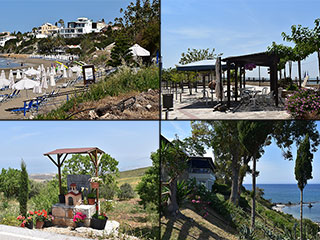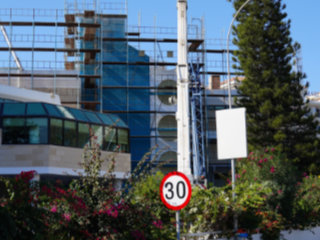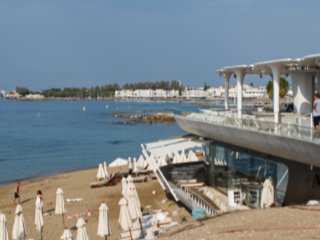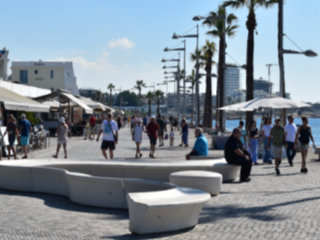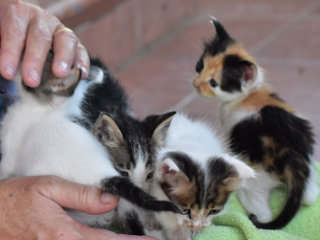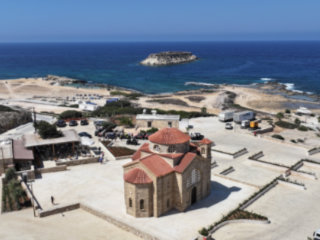Love Is Like A Butterfly
Snail Sanctuary
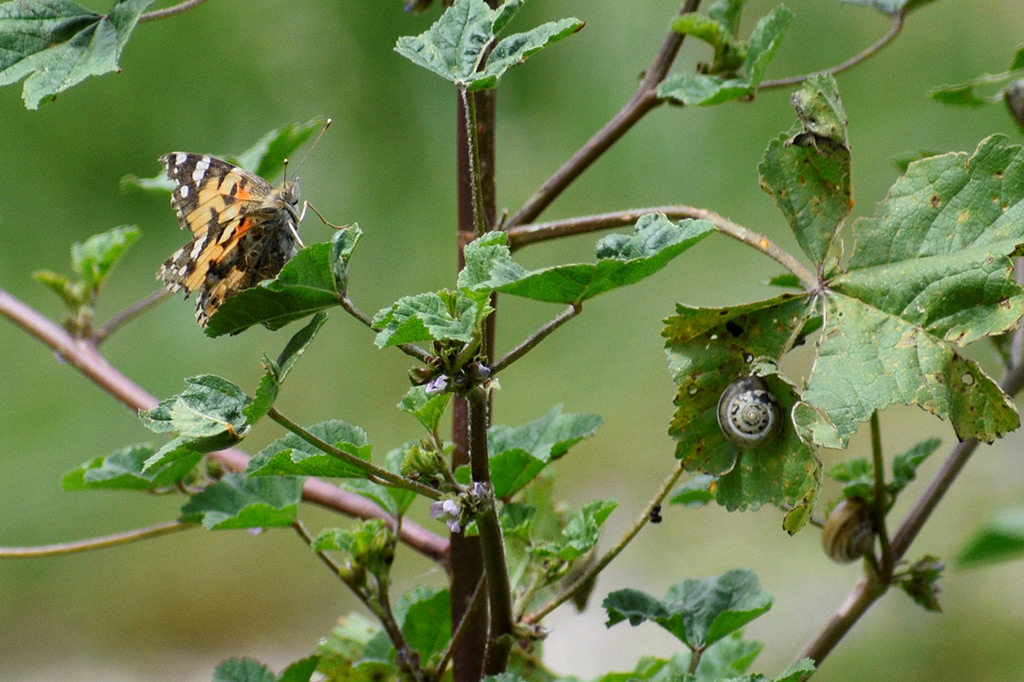
I like this shot, as it shows some hiding snail shells.

Feeding Time
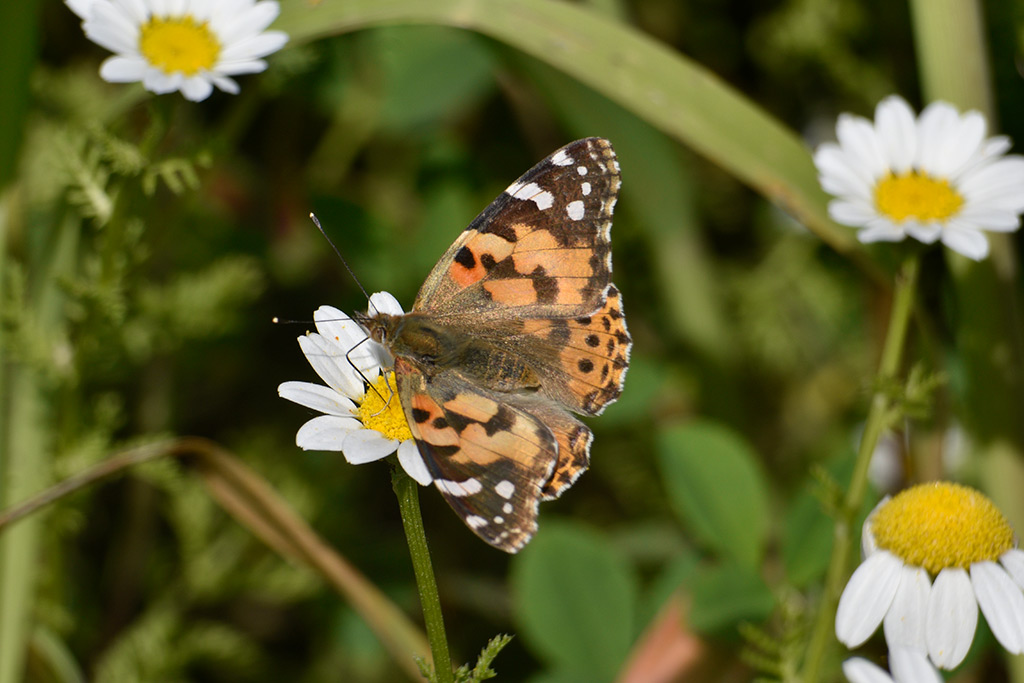
Here's a butterfly feeding through its tube-like proboscis, he said, in his best David Attenborough voice.
Eagle-Eye Butterfly
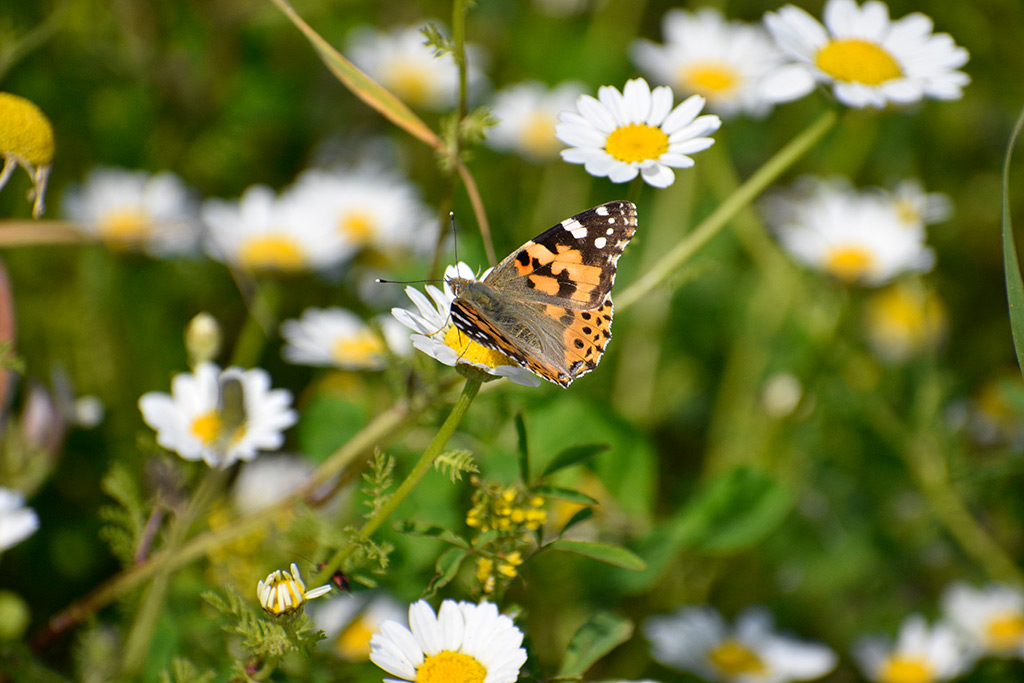
You could be forgiven for thinking that those antennae have eyes on the end. They don't. They are actually chemoreceptors. The following comes from www.gardenswithwings.com:
Butterfly antennae have chemoreceptors that are used for assessing the environment’s physical and chemical properties. Chemoreceptors are similar to the taste buds on our tongues. They are open nerve endings that transport the information to their central brains for translation. For example, butterflies use their antennae to detect which plants are producing nectar and males can sense pheromones from females of the same species.
Flying Beauty
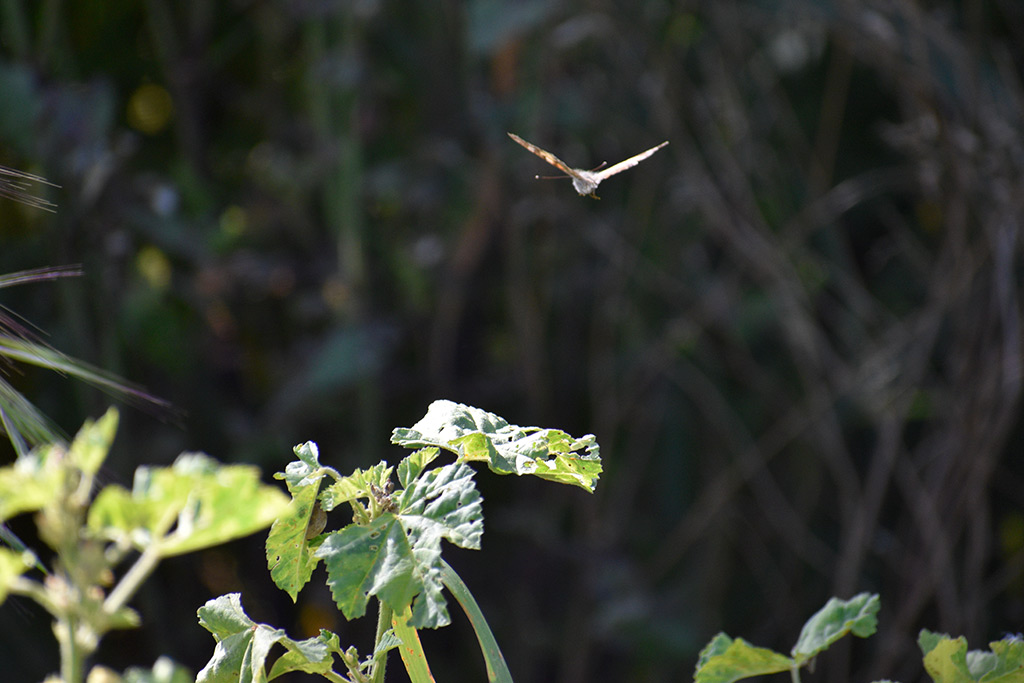
Don't know why but I love this shot. One of Alex's. This blog, and the accompanying video, has photographs from both our cameras. I normally stick to panoramas, but panoramic butterfly pictures don't really work.
Eye See You
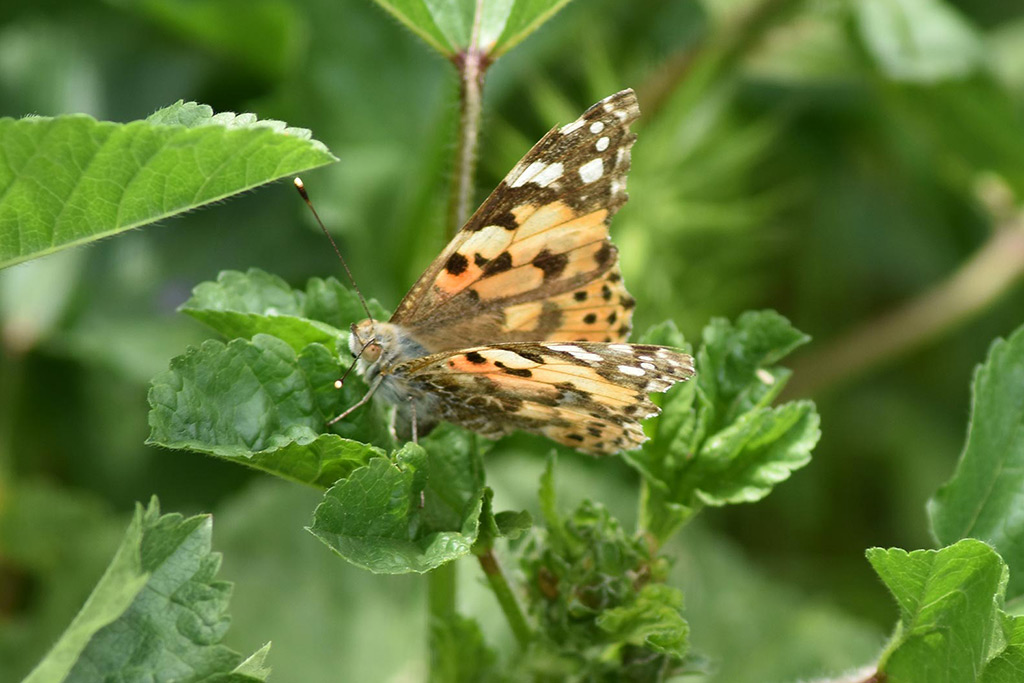
You can see the real eyes here. But did you know?...
Butterflies have two different types of eyes, single and compound. The one pair of simple eyes, ocelli, are single chambered and are primarily for determining light brightness. They are unable to focus on an individual object. The compound eyes are multifaceted and are used for their main eye sight. The light comes through one facet and is received by one rhabdom, similar to human retinas. Butterflies are able to see light wavelengths from 254 to 600 nm, this includes ultraviolet light, a light that we are unable to see. People can see only 450 to 700 nm. Flicker-fusion rate is the rate at which the light flickers to form a continuous image. For butterflies to see while flying their flicker-fusion rate is up to 250 times higher than it is for people. Our flicker-fusion rate is between 45-53 flickers per second.
Page 2 of 7


Related Blogs:
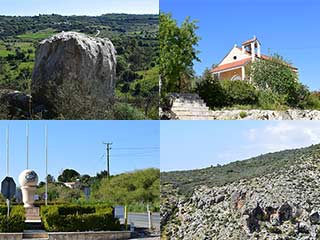
From Polemi To Polis
A couple of weeks ago I had an errand to run down in Polis. It was a clear, sunny day, so I took the camera and went the scenic route. Well, two scenic routes, as it turned out. So join us on this trip through the Paphos countryside....Good Pages To Visit
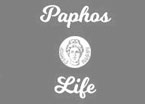
FB PagePaphos Life on Facebook
Like us on Facebook and stay notified of new blog posts.

FB PageOur Facebook Chat Group
Paphos Chat has been created for people who like our site and want to chat using Facebook. You can also easily upload photos of any size here. A lot of people are members of the Facebook chat group and the main forum. It's entirely up to you.
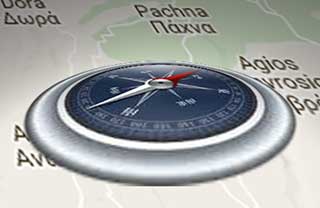
ListBlog Locations
Planning a day out? Then use our map of blog locations as a handy guide. Some of the places we visit our closer to each other than you might think, so take a look and start planning your next adventure...
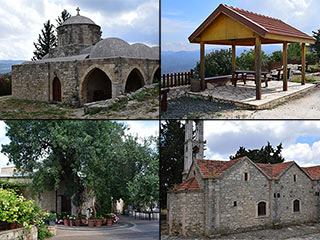
eBookCyprus Road Trip 01: the Kathikas - Panagia Loop
Let me take you on a journey around the region of Paphos, Cyprus. Starting at Paphos itself, we travel to Akoursos, then Kathikas, Kritou Terra and Simou. We continue past Lasa and Kannaviou, before taking in the delights of Panagia. Getting a bit more adventurous, we visit the abandoned villages of Statos and Agios Fotios, before passing through Choulou, Letymbou and Polemi, and rejoining the main Paphos - Polis road.
The route is suitable for all types of vehicle, and requires no off-roading. The guide contains about 130 photographs including shots of all the road signs you need to pay attention to, as well as some of the highlights you may experience along the way.
There are also several maps which will help you keep your bearings.
You can do this journey in a day, or you can break it up into chunks. You can also do it in reverse, to get some completely different views. It is entirely up to you.
